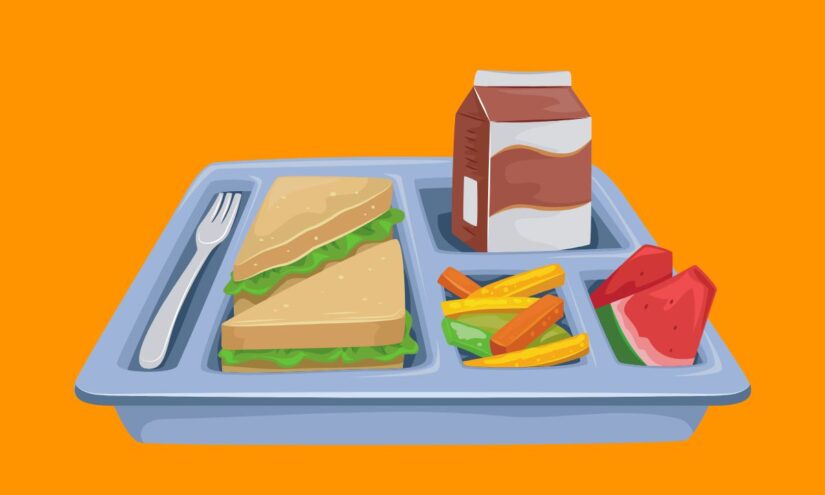Reflecting on the tenets that shape our educational practices is fundamental for …
Continued Efforts to Provide Food for Children in Ohio
Jennifer Livingstone

In Ohio, efforts to combat child hunger continue despite recent changes in the state budget. While the budget bill allocated over $4 million to provide free breakfast and lunch for students eligible for reduced-price or free meals during the 2023-2024 school year, it falls short of the universal meals that school nutrition directors initially requested. Nevertheless, child and education advocates view these provisions as a step in the right direction.
However, programs aimed at addressing student hunger still face challenges due to inflation’s impact on food costs. Katherine Ungar, a senior policy associate with the Children’s Defense Fund of Ohio, highlighted the stigma associated with income-based school food programs as a barrier to their effectiveness.
In an effort to support low-income families with school-aged children during summer breaks, Ohio plans to use federal funds to establish a summer program that provides “grocery-buying benefits.” This initiative, estimated to benefit over 29 million children nationwide, aims to address the loss of access to meals experienced by nearly 1 million kids during the summer months.
Research conducted by CDF-Ohio revealed an increase in the number of economically disadvantaged students eligible for reduced-price or free school meals. The percentage of children qualifying for no-cost or low-cost lunches, with eligibility extending to households up to 185% of the federal poverty line, rose from 46.6% in the 2021-22 school year to nearly 50% in the 2022-23 school year.
The new summer benefit program is expected to reach approximately 837,000 children in Ohio, potentially injecting $150 million into local economies. Known as the Summer Electronic Benefit Transfer Program (EBT), eligible families will receive pre-loaded cards with $40 per child per month. This program operates alongside other nutrition assistance efforts such as SNAP benefits and WIC funds.
However, eligibility for the Summer EBT program requires families to apply. Children certified as eligible for free or reduced-price meals at school need to go through the same application process to access the program. It is crucial for eligible families to complete the application form to ensure the benefits reach those in need.
A similar program implemented during the COVID-19 pandemic reduced children’s food hardship by 33% and alleviated hunger for millions across the country. Research conducted by the Center for Community Solutions estimated that Ohio children received approximately $2.2 billion in nutrition assistance through the pandemic EBT program from Spring 2020 to the end of the program in Summer 2023.


